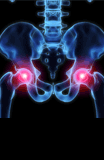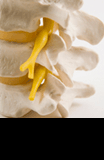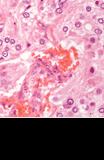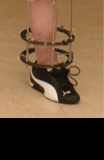Resources
This video from our Physiotherapists provides an excellent introduction to the causes, symptoms and initial management of POP:
Incontinence and Prolapse - Physiotherapy Advice
These articles describe its nature, associated symptoms, and underlying causes:
Maternal pelvic floor trauma (IUGA)
Conservative measures are often sufficient to treat many cases of prolapse. These include lifestyle adjustments (including weight loss), physiotherapy, and vaginal pessaries.
A Guide to the Pelvic Floor Muscles - Women (pdf) (OUH)
Vaginal Pessary for Prolapse (pdf) (OUH)
It is important that you have a good understanding of your condition and the options available for managing it.
We are keen to help in any way possible, so please ask as many questions as you need.
NICE guidance
The National Institute for Health and Care Excellence (NICE) provides guidance and information on how POP should be managed. When discussing available treatment options, we are likely to refer to the risks and benefits of each.
Urinary incontinence and pelvic organ prolapse in women: management (NICE)
Surgery for vaginal vault prolapse - Patient decision aid (pdf) (NICE)
Surgery for uterine prolapse - Patient decision aid (pdf) (NICE)
Operations to treat Prolapse of the Uterus (Womb Prolapse) (pdf) (BSUG)
Understanding how risk is discussed in healthcare (RCOG)
In some cases, a surgical procedure is necessary to correct prolapse. The specific operation required is determined by the precise nature of the prolapse, along with the patient's current health, previous surgical history and personal preferences.
Our team undertakes most procedures, but specialises in laparoscopic ('keyhole') reconstructive procedures, such as sacro-hysteropexy and sacro-colpopexy.
Vaginal surgery for POP
Anterior Vaginal Wall Repair without the use of mesh (pdf) (BSUG)
Posterior Vaginal Wall Repair without the use of mesh (pdf) (BSUG)
Attending for surgery and post-operative recovery
Preparing for Your Appointment - Women's Day Surgery and Diagnostic Unit (pdf)
Surgery: Your Nursing Care, Recovery and Getting Back to Normal (pdf)
Recovery Guide After Vaginal Repair Surgery/Vaginal Hysterectomy (IUGA)




























































